This year has been a very busy one for us, but I'm having trouble laying tongue to words to describe our projects. You might call it environmental preservation, maybe rehabilitation. It certainly isn't urban renewal, because urban we aren't, but maybe I could coin a term: call it "Rural Renewal".
You see, the land around where we live isn't prime real estate. It was logged and not replanted 20 or so years ago, so there are brambles, weedy trees, bogs and such covering what was once forest.
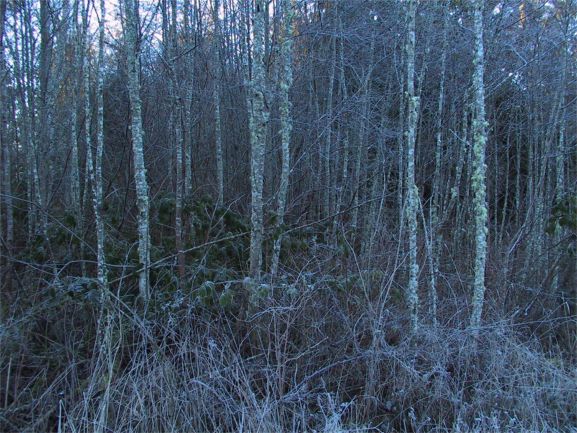
There was a shallow lake back in the 1800's, but an enterprising farmer drained the lake hoping to expose fertile soil in the lake bottom (nope! it was too mucky for much of anything except a little hay). Now even that lake bottom is overgrown with reed canary grass.
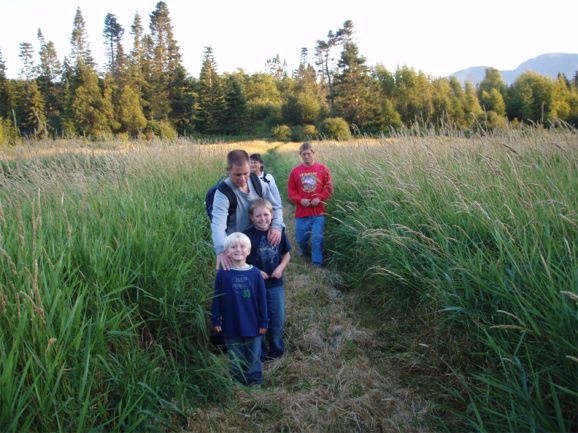
There's a high cliff dropping to the intertidal. "Dropping" in the literal sense, I might add, since this year a piece of the cliff simply fell off, kerplop, to be washed away after a few storms and high tides.
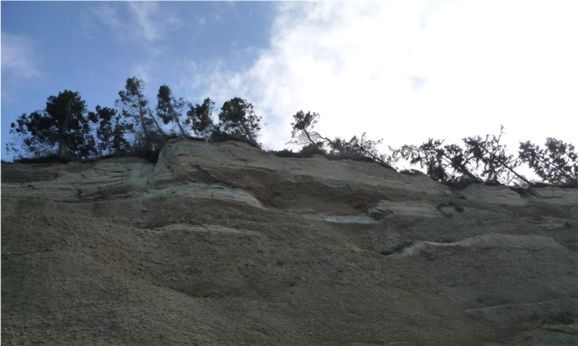
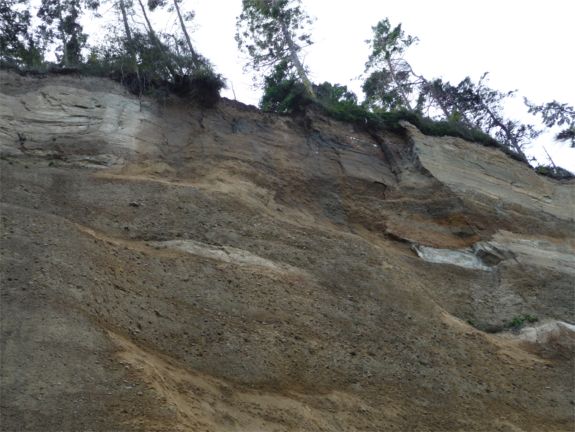
So, what to do? Well, as you know, we like our peace and quiet. We enjoy the wildlife, we like tromping around in a forest.
As transplants from a coastal scrub ecosystem, at first look, all the greenery that surrounds us looked healthy and inviting. It took a series of forest stewardship classes for us to learn that once a forest has been logged, nature, left to its own devices will take many human generations (if ever) to return to its former state. Meantime, erosion and invasive species degrade the area; humans contribute to the degradation too, abandoning their trash in what appears to be any available neglected space.
So we undertook to renew that bit of the area that we own. We arranged to have the overly-dense, weedy alder stands thinned. Here's a "before" and "after" to compare:

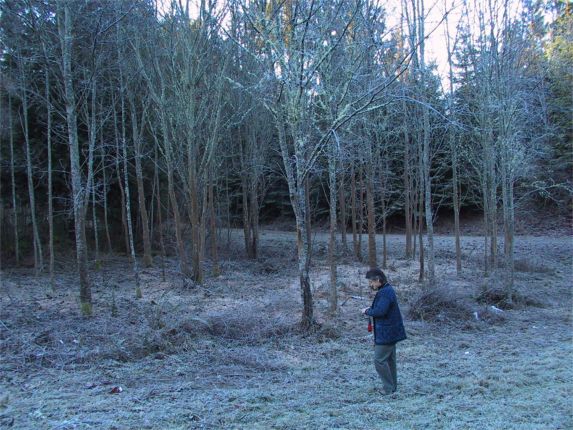
Thinning allows the remaining alder to mature to marketability. After market we will replant with more permanent conifers.
We logged a few pockets of mature alder, also to be replanted with conifers.
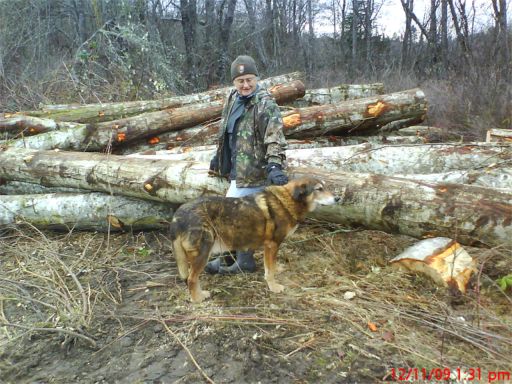
We created pathways in the forest, spanning streams, trimming brush. We policed up invasive plants, hand-pulling some, judiciously using herbicides on others.

We mowed the reed canary grass twice, once in the spring before it headed out, and again in the fall, to interrupt energy storage in its rhizomes. For this task we rented a large tractor with a flail mower.
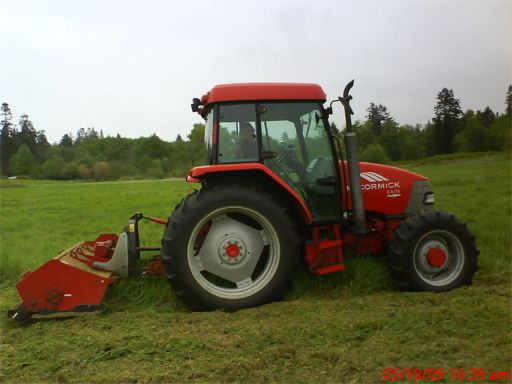
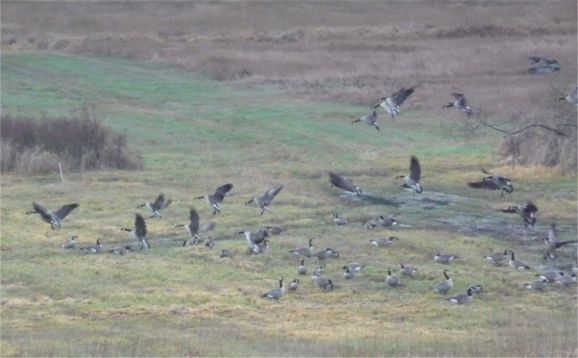
We sank 15 five-foot deep test wells to measure ground water depth, keeping records throughout the year (from about a foot of standing water in the winter to water levels at a depth of two feet below ground level in the late summer). Here's Ruth measuring water depth one day last summer:
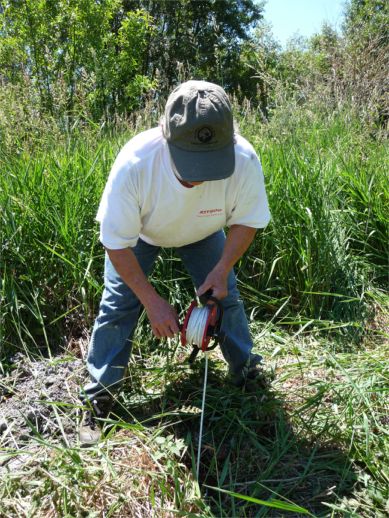
we had a soil scientist survey this area with an eye to constructing permanent ponds on that part of the old lake bed that is our property.
And then we undertook to clean up trash, abandon cars, hazardous waste, and a midden (euphemism for garbage dump) surrounding an historic farm house, prior to hiring a contractor to return the house to habitability.
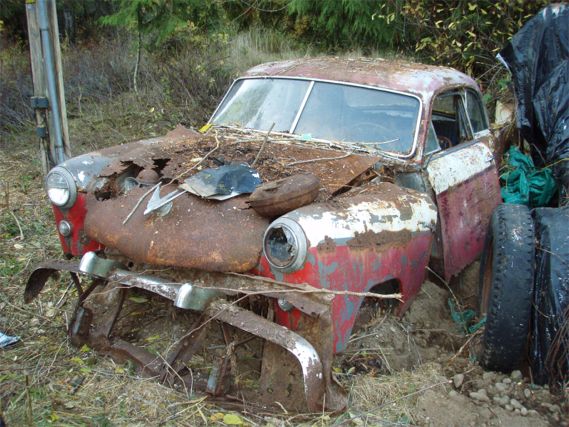
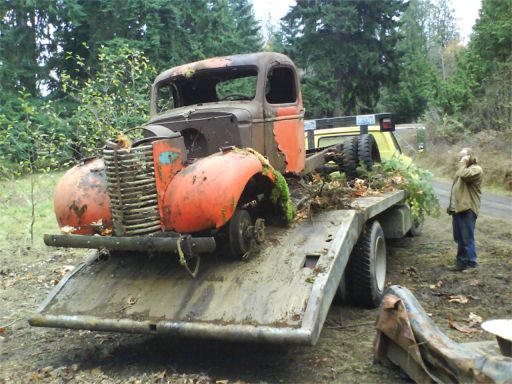
We rented, and John learned to operate a skidsteer to load debris into a dumpster for removal.

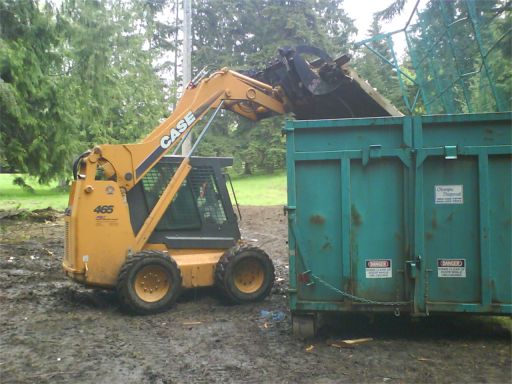
We are definitely not done yet. Check back in a year. There are still ponds to be built and new conifer saplings to be planted. Meantime, we continue to have our garden, our woodpile, a bit of improved driveway and patio around our house,
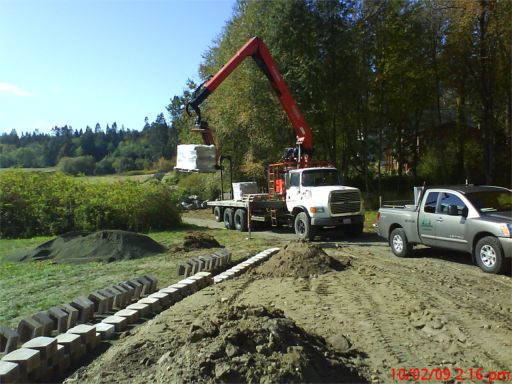
and, oh yes, now three laying hens.
Here's one last picture - a sunset picture taken from a viewing spot atop our cliff.
